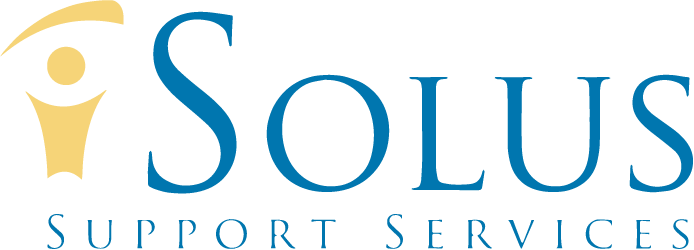New Employee Training and Onboarding
Please click and review each section
Orientation Documents - move all below to the training section
New Employee Orientation Checklist
New Employee Orientation Checklist
Solus Medical Information Form
Policy and Procedure Checklist Signature Sheet
Solus Support Services Non-Disclosure and Confidentiality Agreement
Employment Standards In Ontario
Employment Standards Rights for Temporary Help Agency Assignment Employees
Hours of Work and Overtime Pay
Job Description Enhanced Personal Support Workers/Community Support Workers
TD1 Forms Update
Month End Documents
Training and Necessary Information
Worker Health and Safety in 4 steps:
Please complete the virtual training and send the certificate to your Service Coordinator
https://www.labour.gov.on.ca/english/hs/elearn/worker/foursteps.php
IPAC Training:
Please complete the virtual training and send the certificate to your Service Coordinator
COVID-19 IPAC Fundamentals Training and Infection Prevention and Control (IPAC) – Online Learning
The Ontario Human Rights Code
The Ontario Human Rights Code was enacted in 1962 to prohibit discrimination against people based on various grounds within various social areas. An example of a ground that cannot be used to discriminate against someone is their ethnic origin. An example of a protected social area would be employment or accommodation, meaning any protected ground cannot be used against the individual in these protected social areas. It is important to know your rights, but it is equally important to know the rights of others. When we are aware of the rights of others we are more capable to support those individuals with whom we work in their capacity to exercise their rights. While this Code may seem complex at first, it is necessary to understand so that you can better protect yourself and others from discrimination. Fortunately, the Ontario Human Rights Commission has created an online module that will take only 30 minutes to complete- it will inform you about Human Rights, the Ontario Human Rights Code, and how these rights operate in our Human Right’s System. Please click the link below to access this e-training module, the information can be presented in both video and transcript form.
Accessibility for Ontarians with Disabilities Act (AODA)
Identifying Forms of Abuse and Neglect
These documents on abuse provided by the Ontario government outline various examples of abuse and neglect and how to apply our judgment when abuse and or neglect is suspected, alleged, or witnessed. It also informs when it is appropriate to report to the police and what could be the potential consequences of inaction. It is important for us to read through and understand these definitions of abuse and neglect, even if we think we can identify these signs- as many forms of abuse and neglect are very subtle. These documents provide over a dozen examples of scenarios of potential abuse and/or neglect in supporting individuals with developmental disabilities. These scenarios allow us to test our ability to identify and judge potential abuse and neglect.
Abuse and Neglect Discussion Guide
Signs That May Indicate Abuse and Neglect
How to Report Abuse and Neglect
WHMIS For Workers
This course on the Workplace Hazardous Materials Information System is designed to familiarize workers on the classes and groups of hazardous materials, the labels of hazardous materials, the difference between physical hazards and health hazards, and the role of Safety Data Sheets. You will learn how to identify and interpret hazardous materials. The course only costs $15 dollars to register and takes just one hour to complete. Upon the successful completion of a short test relating to WHMIS, you will be granted a certificate acknowledging your successful training. Please follow the link below for more information and to register.
Regulated Health Professionals Act
The purpose of the Regulated Health Professionals Act (RHPA), enacted in 1991, was to centralize the laws that relate to Health Care Professionals to clarify and make more efficient processes of governance, registration, complaints, and regulation that relate to Health Professionals. An example of what the RHPA does is it establishes limits for what specific professionals can and cannot do and what conditions certain acts must be done in. Related to this act is the Health Professions Regulatory Advisory Council, a body that among other things determines whether unregulated health professionals should be regulated and or whether certain professions should or shouldn’t be regulated. The first link below will provide a more in-depth overview of the RHPA, while the second link is the formal RHPA document for Ontario. While the formal document is lengthy and extensive, it contains necessary and pertinent information like issues of confidentiality, controlled acts, a delegation of acts, and various other issues relating to treatment all of which may inform you on what you should and shouldn’t be expected to deal with in your work with clients.
Regulated Health Professionals Act (1991) Overview
Regulated Health Professionals Act (1991) November 1, 2018 version
Please contact your coordinator to receive access to the Learning Management System
Duty to Report (pdf) (Further information and training on LMS)
Training modules related to Seniors (Long Term Care)
Other training modules are available on LMS as required
